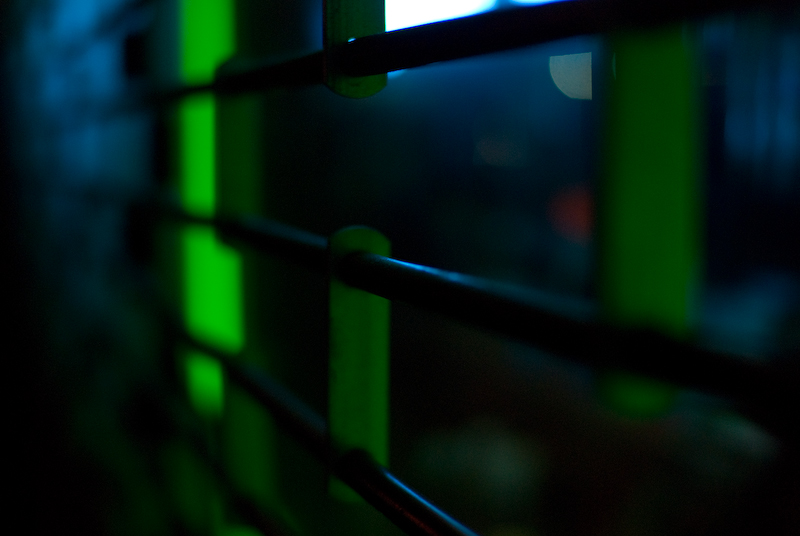|
|
LITR 5731 Seminar in
Sample Student
Submission
Spring Research
Post 2
|
|
Sarah McCall DeLaRosa
Research Post
2: Motherhood in American Slave Literature
I have been feeling out topics for my Master’s
Thesis, and the slave literature that we have read in class—the narratives and
the poetry—grabbed my interest. My first research post covered the topic of
American Slave Literature broadly so that I could get an understanding of the
field, and for research post number two I have decided to narrow that focus. I
have chosen to research the concept of Motherhood in American Slave Literature,
because my infant daughter brought this perspective close to my heart. I am
investigating the presence and treatment of motherhood in American slave
literature because it is something I can deeply relate to in a region of
literature otherwise very remote to me.
At first, my searches of the UHCL library’s
databases turned up articles of a mainly historical, anthropological vein. The
two articles I have chosen to represent those findings are “Family Life in the
Slave Quarters: Survival Strategies”
[1] (2001) by Marie
Jenkins Schwartz, and “Slave Mothers and Freed Children: Emancipation and Female
Space in Debates on the ‘Free Womb’ Law,
Abreu’s topic, admittedly, comes from
The second two articles that I have chosen for this
research post deal more specifically with motherhood in American slave
literature—particularly in Harriet Jacobs’s
Incidents in the Life of a Slave Girl.
Holly Blackford discusses it in “Figures of Orality: The Master, The Mistress,
The Slave Mother in Harriet Jacobs’s Incidents in the Life of a Slave Girl:
Written by Herself”[3]
(2002) and Stephanie Li does so in “Motherhood as Resistance in Harriet Jacobs’s
Incidents in the Life of a Slave Girl”[4]
(2006). Both women treat Jacobs’s work rather surprisingly, I thought, because
they discuss it as a work of fiction. Blackford examines the symbols and
extended metaphors and other figures of speech that she sees Jacobs employing in
order to convey the fullness of slavery. Blackford claims that Jacobs is
focusing on oral imagery (eating, drinking, vomiting) and images of animals
hunting and consuming one another—implying far too much authorial intent for my
comfort. Li does the same, even going so far as to assume that (what we were
told was) Harriet Jacobs’s penname, Linda Brent, is actually a
character/narrator Jacobs created to tell a fictional yet realistic account of
slavery. Li bases her entire paper on this assumption and the “tropes of
motherhood” she sees Jacobs playing up to relate the loss and degradation of
slavery to her readers. I was dumb-struck and a little defensive while reading
these two articles. I thought it very strange to discuss Harriet Jacobs’s work
as fiction, as meant more for aesthetic appreciation than being a historical,
biographical text. I know that Blackford and Li cannot be wrong in their
treatment of Incidents in the Life of a
Slave Girl, but I was left feeling that their analyses had missed the point.
As it turns out, the two historical articles I chose
meant more to me than the literary theory articles did. I was more helped by
Schwartz’s discussion of the family life of slaves and Abreu’s explanation of
the Free Womb law than I was by Blackford’s and Li’s articles that were actually
on my chosen topic of motherhood in American slave literature. I decided that I
would use these four articles for my research post, however, because they
represent the general outcome of my research thus far. It seems that a lot of
scientific, historical research has been done concerning slavery and the
family/motherhood angle, but not many people have written about American slave
literature as such. This could be an area worth consideration for my Master’s
Thesis.
[1]
“Family Life in the Slave
Quarters: Survival Strategies.” Marie Jenkins Schwartz.
Magazine of History, Vol. 15, No. 4, Family History (Summer, 2001), pp.
36-41 Published by: Organization of American Historians.
http://www.jstor.org/stable/25163462 Accessed:
[2]
“Slave Mothers and Freed Children: Emancipation and
Female Space in Debates on the ‘Free Womb’ Law,
[3]
“Figures of Orality: The Master, The Mistress, The
Slave Mother in Harriet Jacobs’s Incidents in the Life of a Slave Girl:
Written by Herself.” Holly Blackford. Papers on Language and Literature:
A Journal for Scholars and Critics of Language and Literature, 2001
Summer; 37 (3): 314-36.
http://search.ebscohost.com/login.aspx?direct=true&db=mzh&AN=2001580209&site=ehost-live
Accessed:
[4]
“Motherhood
as Resistance in Harriet Jacobs’s Incidents in the Life of a Slave
Girl.” Stephanie Li. Legacy, Vol. 23, no. 1, 2006, pp. 14-29. Copyright
2006. The


